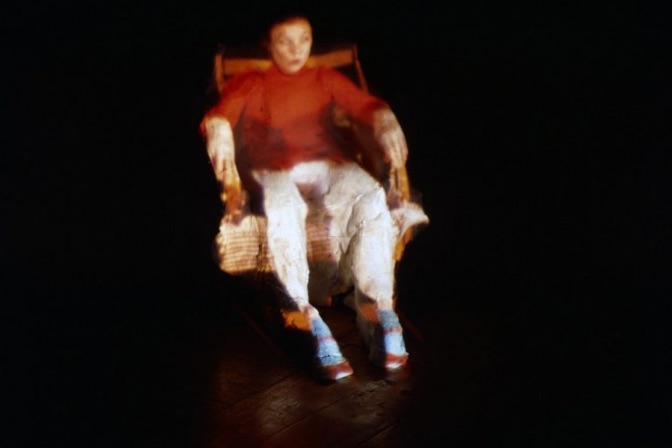British artist David Blandy (b. 1976, lives and works in Brighton) is known for his expansive, research-driven practice that probes networks of cultural exchange, memory, ecology, history, and resistance. Working across video, performance, gaming, installation, and archival media, Blandy constructs layered, poetic narratives that explore the complexity of contemporary identity—often filtered through the languages of play, science fiction, literature, and digital culture.
Anjin 1600: Edo Wonderpark is a multi-room, immersive installation and film work that reimagines the extraordinary historical figure William Adams—the first Englishman to arrive in Japan in 1600, who later became a samurai and advisor to the Shogun Tokugawa Ieyasu. Known in Japan as “Anjin-sama” (Pilot), Adams represents a profound story of cross-cultural transformation and existential ambiguity—simultaneously an insider and outsider, loyal servant and eternal foreigner.
Blandy’s retelling of Adams’ journey becomes a vehicle to explore broader themes of cultural hybridity, identity, and reinvention in an era of globalisation. The work delves into the friction between cultures, asking how we construct the self through stories, myths, and inherited images. As Blandy notes, Adams’ story becomes a mirror for contemporary questions of belonging: “I think lots of people, artists included, search for themselves out in the world, in other cultures and in other things, like books, TV and films.”
Drawing inspiration from the aesthetics and spirit of ukiyo-e (the Japanese Edo-period art form meaning “pictures of the floating world”) and 20th-century anime, Edo Wonderpark blends historical narrative with speculative fiction. The project adopts the structure of a sci-fi game—reminiscent of Elite, a favourite from Blandy’s youth—where the viewer embarks on an interstellar journey only to land in a fantastical version of Edo-period Japan. The spaceship, in reality a staged film set resembling the Space Battleship Yamato, is both homage and illusion, built from recycled analogue tech and referencing both British and Japanese sci-fi iconography.
At the heart of the installation is the collaborative film Anjin 1600, a multi-perspective narrative in which the story of William Adams is retold by Keiko Shiraishi, a Japanese filmmaker and graduate of Tokyo University of the Arts’ Graduate School of Film and New Media. Her retelling reframes Blandy’s narrative from a distinctly Japanese female perspective, creating a dialogue across cultures, times, and identities. The result is a lyrical meditation on transformation, displacement, and the act of storytelling itself.
Complementing the film is a Japanese garden installation developed in collaboration with UK-based landscape designers Rhino Rocks. The garden—featuring Chinese gravel and Dutch plants—stretches out before the screen like a sea of sand, forming a deliberately constructed and subtly displaced image of “Japan.” It gestures toward the ways cultural motifs are continually reassembled and repurposed in the global imagination.
Anjin 1600: Edo Wonderpark was curated by Keith Whittle, co-produced by Elizabeth Newell, and staged at the Rose Lipman Building, London, in partnership with Create London. The project was supported by Arts Council England, The Great Britain Sasakawa Foundation, and developed in association with the Graduate School of Film and New Media, Tokyo Geidai, and Japan 400.















